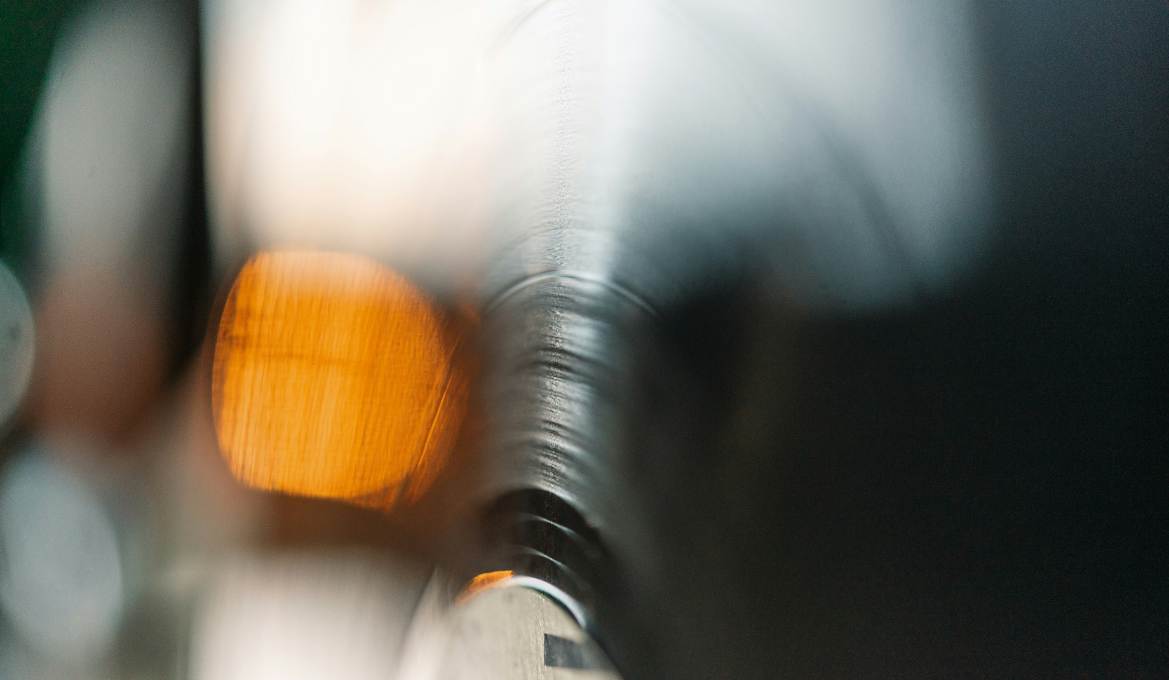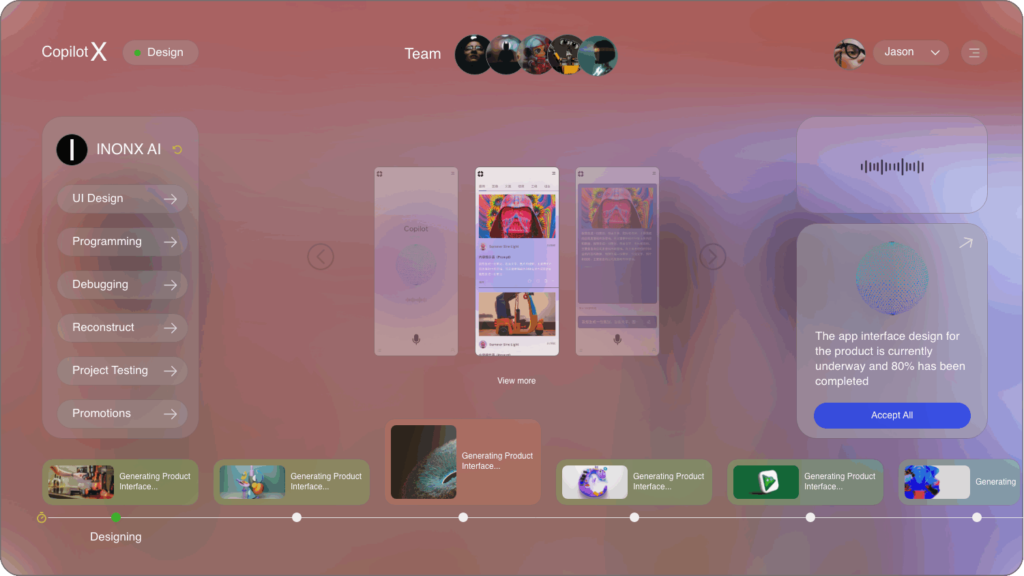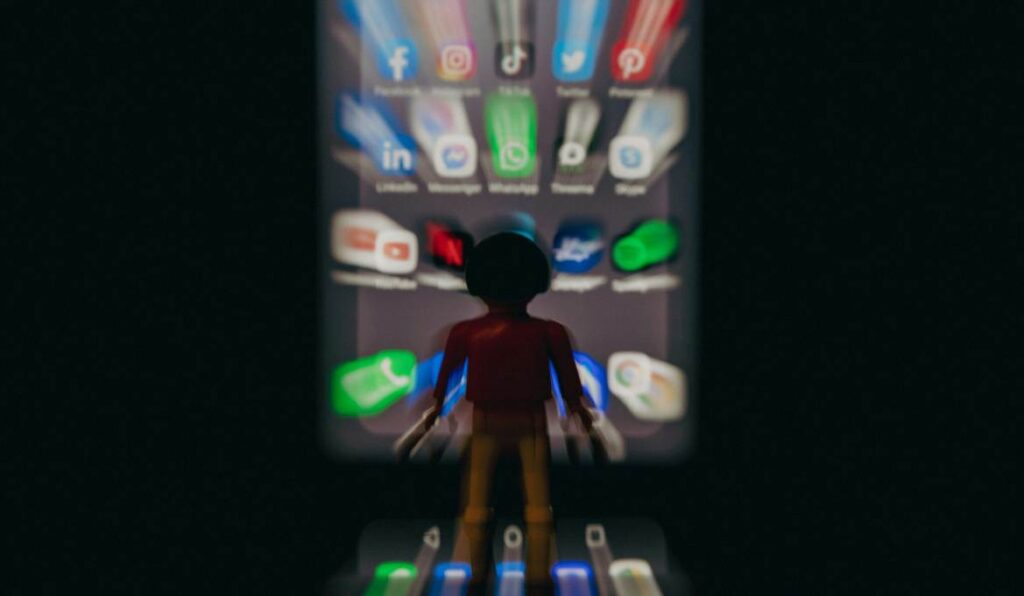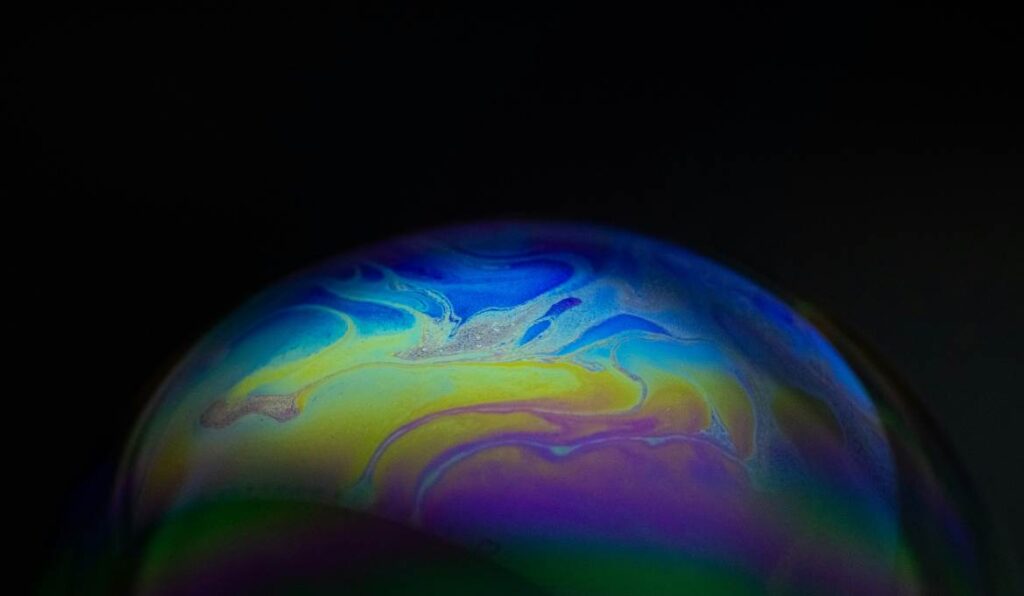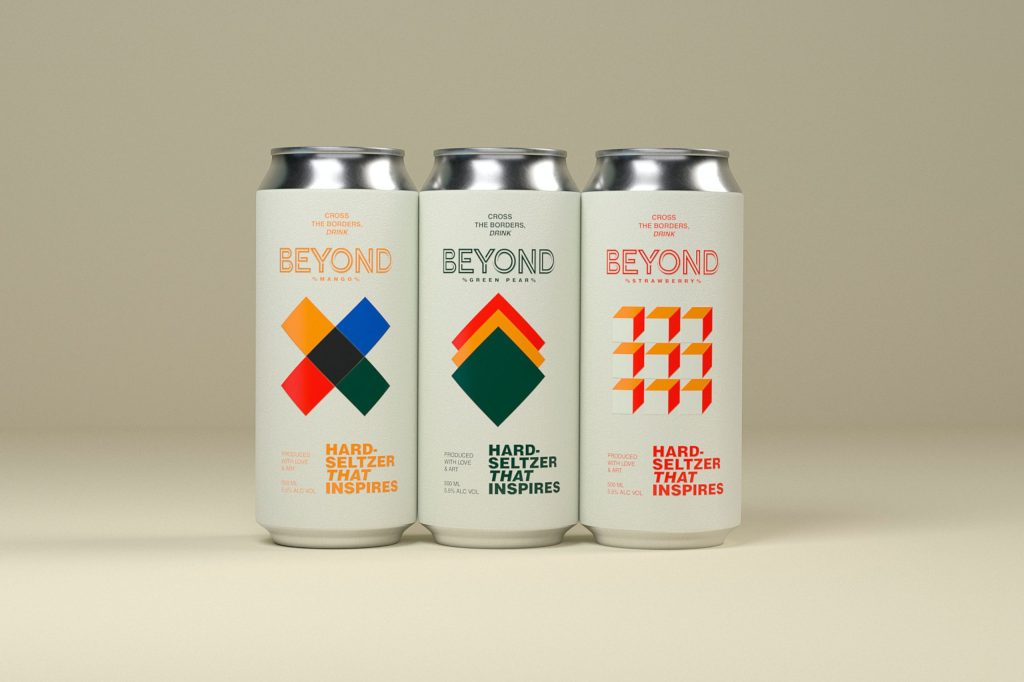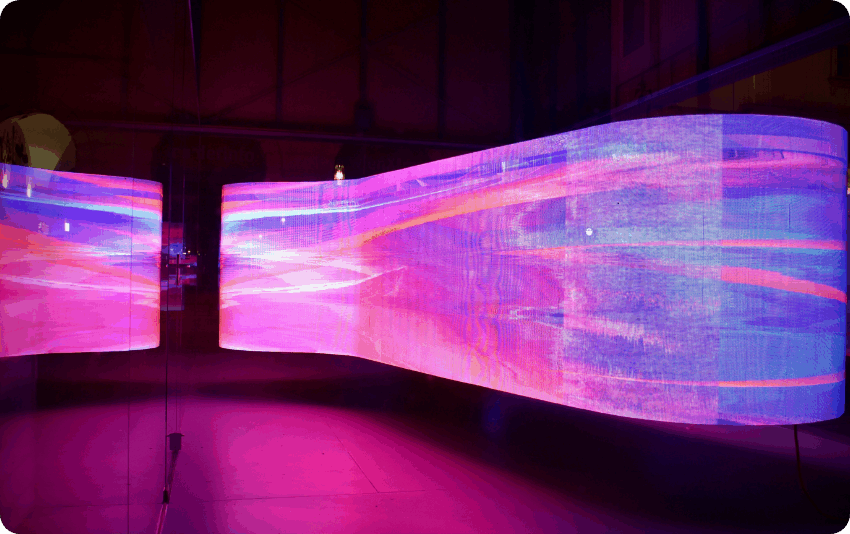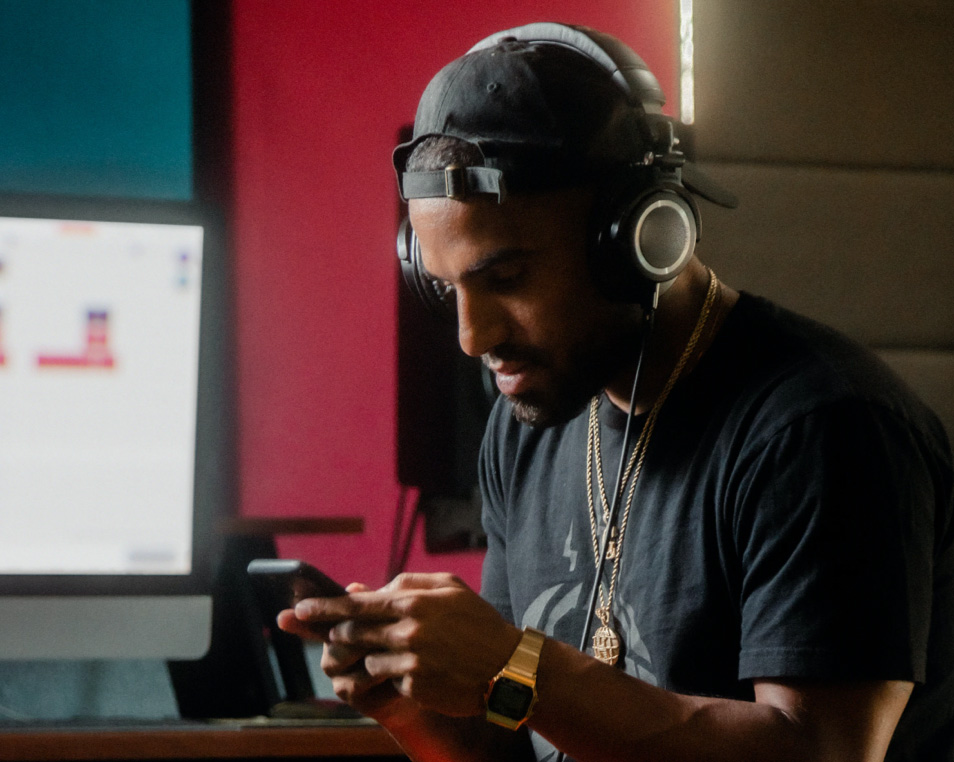Artificial Intelligence (AI) has penetrated numerous industries, but perhaps one of the most visually striking transformations is happening in the world of fashion design. With innovative tools and intelligent algorithms, designers are leveraging AI to create stunning collections more efficiently than ever before. This article delves into current developments in AI for fashion design, focusing on platforms like Airbase, and exploring the impact of AI tools like Julia on the creative process.
.
### Revolutionizing the Design Process
AI is reshaping how designers conceptualize, create, and market their fashion collections. Traditional processes are often laborious, requiring extensive manual labor for research, sketching, and iteration. Now, AI is streamlining these workflows, allowing designers to focus on creativity rather than repetitive tasks. By analyzing vast amounts of data—such as consumer trends, historical fashion data, and current market demands—AI-powered platforms can predict what styles, colors, and fabrics are likely to resonate with consumers.
.
The emergence of tools like Julia has particularly provided designers with robust capabilities in computational design. Julia is an open-source programming language that excels in high-performance numerical computing, and it has found a niche in fashion design by enabling complex analysis and rapid prototyping. Fashion designers can leverage Julia’s capabilities to simulate fabric behavior, optimize patterns, and even generate unique designs based on set parameters.
.
### AI for Fashion Design: The Role of Airbase
Another significant player in the fashion sector is Airbase, which has become synonymous with financial management and operations for brands. Although primarily a spend management solution, Airbase has been integrating AI into its processes, facilitating a seamless flow of data between design and finance departments. For fashion brands, this means that spending on materials can be tracked in real-time, enabling better inventory management and financial forecasting.
.
The linkage established by Airbase between financial data and design processes creates an environment where data insights dictate design decisions. For example, if a designer creates a piece that requires a specific fabric, the AI can instantly run through the company’s financial resources and inventory to suggest the best purchasing decision or flag any potential obstacles. This kind of synergy can bolster creativity while maintaining business efficiency.
.
### The Synergy of AI and Human Creativity
One of the biggest misconceptions about AI in creative industries is that it will replace human designers. However, industry leaders argue that AI serves more as a collaborative partner rather than a competitor. A recent study indicated that designers who utilized AI tools felt empowered to explore more innovative ideas than those who relied solely on traditional methods.
.
AI’s ability to analyze trends is invaluable in a fast-paced industry like fashion. For instance, it can pull data from social media platforms, blogs, and e-commerce sites to determine what styles are gaining popularity. Brands can then adjust their collections to incorporate these emerging trends, effectively reducing the time between conception and market release. With platforms like Julia helping to model those trends and Airbase managing the backend costs, the synergy produced presents a formidable advantage in a competitive landscape.
.
### Personalization: The New Frontier
As AI continues to evolve, the capability for personalized fashion experiences is also gaining traction. Tools powered by AI can analyze customer preferences and shopping behaviors to deliver tailored recommendations. Fashion brands can now offer individualized shopping experiences, customizing offers based on unique customer data.
.
AI in fashion design extends beyond predictive analytics; it’s also being used to create made-to-measure items. Algorithms can generate personalized design solutions based on measurements provided by customers, allowing for unparalleled customization. This capability is not only beneficial for individual consumers but has major implications for sustainable fashion; it allows brands to minimize waste by crafting items that are to order, rather than in bulk.
.
### Sustainability and Ethical Considerations
The incorporation of AI into fashion design also intersects with crucial sustainability discussions. Traditional fashion production has been notorious for its environmental impact, characterized by wasteful practices and fast fashion cycles. However, AI presents a solution that promotes not only improved efficiency but also ethical decision-making in sourcing and production.
.
With AI systems analyzing supply chain data in real-time, designers can make better choices about the materials they use, opting for sustainable fibers and ethical sourcing. Tools like Julia enhance this analysis by providing numerical data that helps predict the environmental impact of various production choices. Brands that follow these insights can better align themselves with consumer demands for transparency and sustainability.
.
### Case Studies: Success Stories in AI Fashion Design
Several brands are already harnessing the benefits of AI in ways that support the discussion of creativity, efficiency, and sustainability. For example, fashion retailer Stitch Fix utilizes AI algorithms to curate personalized clothing selections for its customers. Their AI evaluates customer preferences and gives designers insights into popular aesthetics, allowing them to create lines that are more likely to convert to sales.
.
Another case worth mentioning is Hem, a brand specializing in custom-made furniture, but it has entered the fashion realm through AI-driven techniques. They use data analytics to derive customer demand insights, allowing them to manage inventory and cut down on waste.
.
### AI and the Future of Fashion Design
As AI technology continues to develop, its applications in fashion design are expected to grow exponentially. Tools like Julia will likely become a staple in a designer’s toolkit, while platforms like Airbase may expand their functionalities to cater specifically to the needs of fashion brands.
.
The future of fashion design will be a collaborative arena, blending human intuition with machine intelligence. This interplay not only augments the design process but also redefines consumer engagement, ensuring brands stay aligned with their audience at every step. As designers embrace AI, the industry stands on the precipice of a new era—one where technology and creativity evolve hand in hand.
.
### Conclusion
AI’s presence in fashion design is undeniably transforming the industry landscape. With tools like Julia and platforms such as Airbase at the forefront, designers have unprecedented access to data-driven insights that inform both creative decisions and operational strategies. As the integration of AI deepens, we can expect revolutionary changes not only in how fashion is designed but also in how it aligns with consumer desires and addresses pressing issues like sustainability. The future holds exciting possibilities for the fashion field, marking a new chapter in creativity powered by AI.
.
### Sources
1. McKinsey & Company – The State of Fashion 2023: AI Designing for Tomorrow
2. Fashion Institute of Technology – AI in Fashion: The Future is Here
3. Business of Fashion – How AI is Changing the Face of Fashion Design
4. Stitch Fix – Personalization in Fashion: A Case Study
5. Julia Computing – Julia for Fashion Design: A New Paradigm
This analysis paints a comprehensive picture of how AI is currently reshaping fashion design, supported by case studies and emerging trends that promise a vibrant future in the industry.



